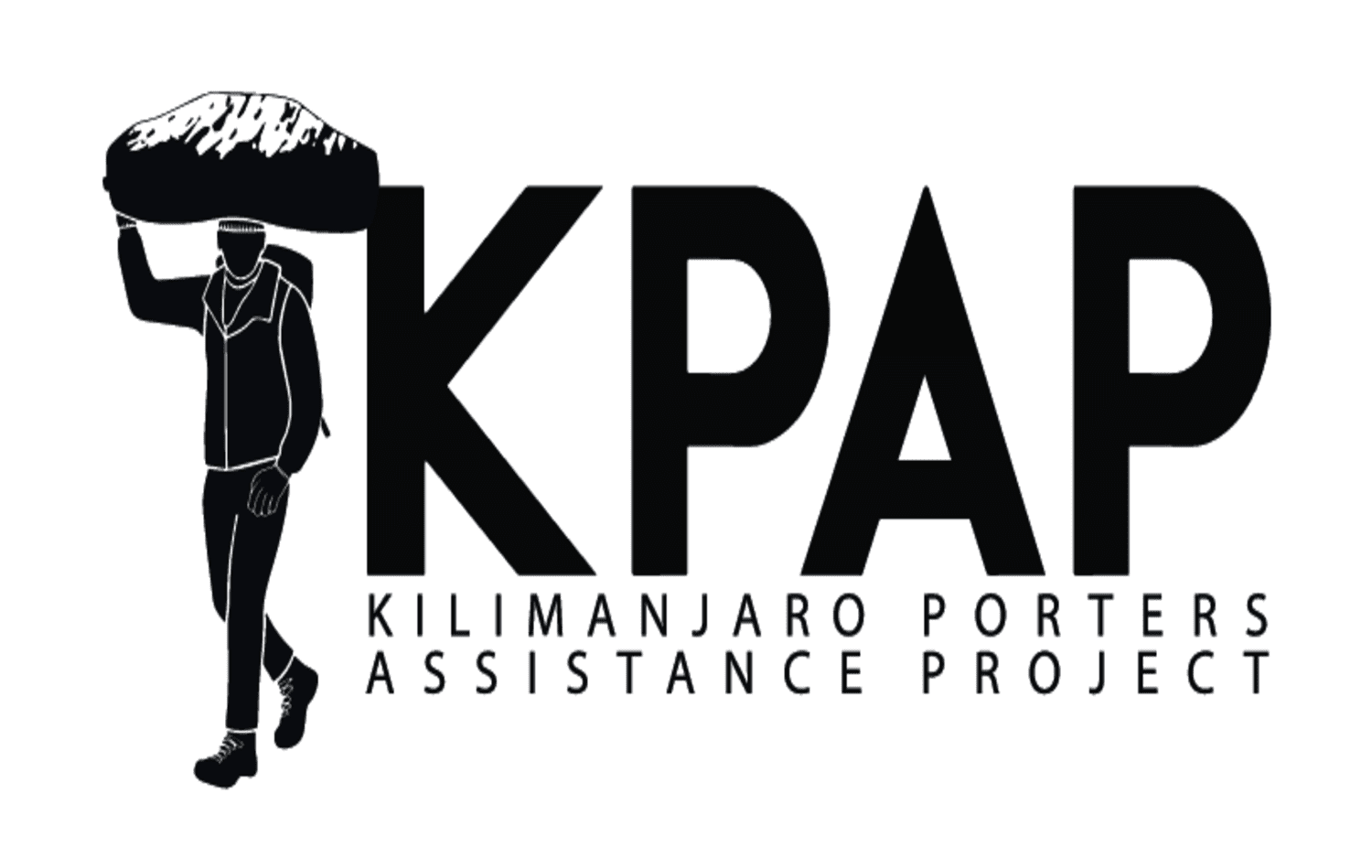Climbing Mount Kilimanjaro (5,895m/19,341ft) is a dream for many adventurers, but not everyone makes it to the top. The Kilimanjaro summit success rate depends on the route, duration, and acclimatization strategy. The good news? With the right preparation and a smart approach, your chances of success are much higher!
The overall success rate for reaching Uhuru Peak varies between 45% and 65%, according to Kilimanjaro National Park (KINAPA) statistics. However, your choice of route plays a major role in your chances of success.
| Route | Duration | Success Rate |
|---|---|---|
| Marangu Route | 5-6 Days | 50% – 60% |
| Machame Route | 6-7 Days | 70% – 85% |
| Lemosho Route | 7-9 Days | 85% – 90% |
| Rongai Route | 6-7 Days | 70% – 80% |
| Northern Circuit | 8-9 Days | 90% – 95% |
| Umbwe Route | 5-6 Days | 40% – 50% |
The longer the route, the higher the success rate!
1. Route Selection & Acclimatization
Best Routes for Success:
Lemosho (7-9 days) – Best for gradual acclimatization.
Northern Circuit (8-9 days) – Highest success rate.
Worst Route for Beginners: Marangu (5 days) – Popular but high failure rate due to rapid ascent.
2. Altitude Sickness
The biggest reason for failure is altitude sickness (AMS). Climbing too fast increases the risk.
Prevention Tips:
✔ Take your time – “Pole Pole” (slowly, slowly)
✔ Hydrate – Drink 3-4 liters of water daily
✔ Use Diamox (Acetazolamide) to aid acclimatization
3. Physical & Mental Preparation
4. Weather Conditions
The best time to climb Kilimanjaro is during the dry seasons (January-March & June-October).
Harsh weather (rain, snow, wind) can lower success rates, especially during wet months.
Choose a 7+ day route for better acclimatization
Train for endurance & leg strength before your climb
Stay hydrated & eat well on the mountain
Listen to your body and descend if needed
Follow the advice of experienced guides
Your Kilimanjaro success rate is in your hands! Choosing a longer route, acclimatizing properly, and preparing well will significantly boost your chances of standing at Uhuru Peak.



TERMS AND CONDITIONS | AFRICAN SAFARI | PRIVACY POLICY | REFUND POLICY | FOR TRAVEL AGENCIES | HOTELS IN TANZANIA | OUR BLOG
© 2025 Shiri Adventures